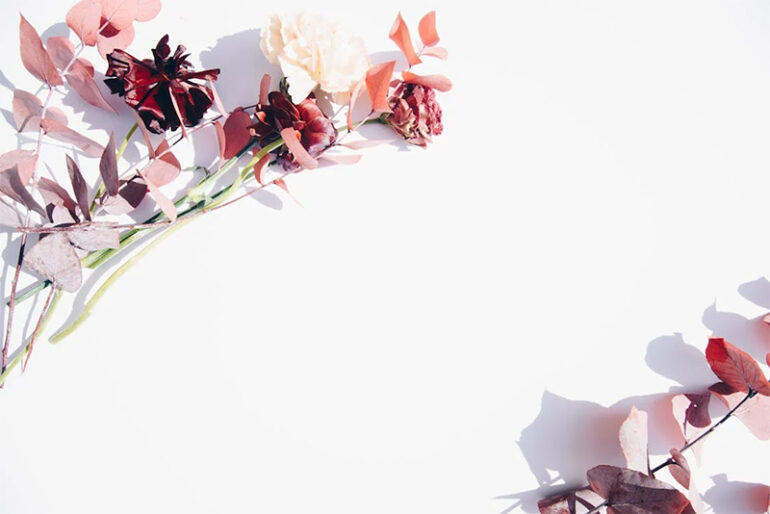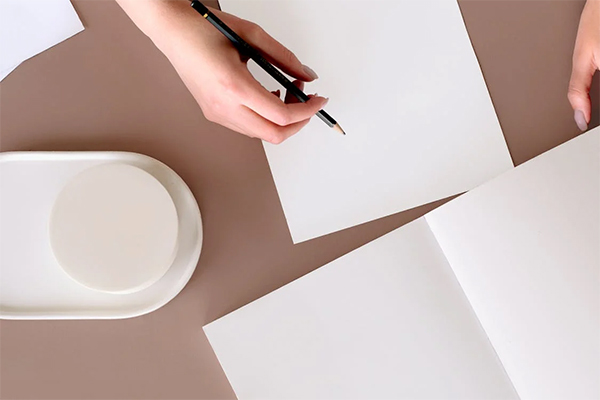A basic but sometimes underappreciated component in art that profoundly affects viewers’ interpretation and interaction with a work is negative space. Through concentrating on the surroundings of the major subjects, artists can establish a conversation between presence and absence, so influencing the general story and emotional resonance of their work. This subtle approach not only improves visual attractiveness but also invites closer examination, therefore enabling viewers to interact with the artwork on a more fundamental level. By means of deliberate negative space, artists can question ideas and redefine the limits of creative expression.
The Concept of Negative Space
Crucially important in determining the viewer’s impression, negative space is the region surrounding and between the subjects of an artwork. It provides depth and background while also balancing and harmonising so that the major components may be highlighted. Artists apply this idea to direct the eye, arouse feelings, and improve the whole composition. Through deliberate negative space manipulation, artists can create dynamic events from everyday settings, so enabling viewers to interact more closely with the work. This strategy questions conventional wisdom and motivates viewers to value the subtleties existing outside of their main attention.
Negative Space in Traditional Art
Negative space has long been a basic feature of conventional art forms, guiding compositions and methods across many media. Renowned painters like Leonardo da Vinci and Rembrandt deftly applied this idea to produce solidity and depth in their works. Their thorough consideration of the surroundings for their subjects improved the viewer’s attention and emotional reaction. Techniques such chiaroscuro and the use of opposing colours underlined even more the interaction between positive and negative space. This careful technique not only determined the look but also sent stories so viewers may interact with the artwork on several levels.
Negative Space in Contemporary Art
Modern artists have reinterpreted blank space as a potent instrument for expression and invention. This method invites viewers to rethink their perspective of composition, therefore challenging traditional limits. Often emphasising simplicity and the beauty of absence, minimalist paintings usually show empty spaces. Mixed media and installation art also investigate the interaction between things and their surrounds, therefore involving the audience in immersive events. Artists can inspire thinking and conversation by varying negative space, therefore promoting a closer investigation of issues including identity, perception, and the essence of life. New interpretations and artistic movements inspired by this development still abound.
Techniques for Using Negative Space
Artists use several approaches to make best use of negative space in their works. One often used technique is deliberate topic placement to provide equilibrium, therefore enabling the surrounding area to accentuate the focal focus. Using opposing colours is also a great way to highlight negative parts; so, they are absolutely essential for the whole composition. Transparency and layering techniques can also add dimension and entices viewers to investigate the interaction between positive and negative aspects. By means of scale and proportion, artists can further improve the effect of negative space therefore allowing them to express complicated thoughts and emotions while preserving visual interest and interaction.
Examining negative space encourages a deep conversation between the observer and the work, going beyond simple creative skill. Artists challenge us to rethink our impressions and interact with the complexities of composition by embracing the sometimes overlooked areas. This subtle technique not only enhances the visual experience but also deepens our knowledge of the interactions between subjects and their surroundings, therefore exposing layers of meaning that appeal on intellectual as well as emotional levels.
Photo Attribution:
1st & featured image by https://www.pexels.com/photo/pink-and-white-flowers-on-white-wall-2395249/ 2nd image by https://www.pexels.com/photo/person-writing-on-white-paper-6204266/

